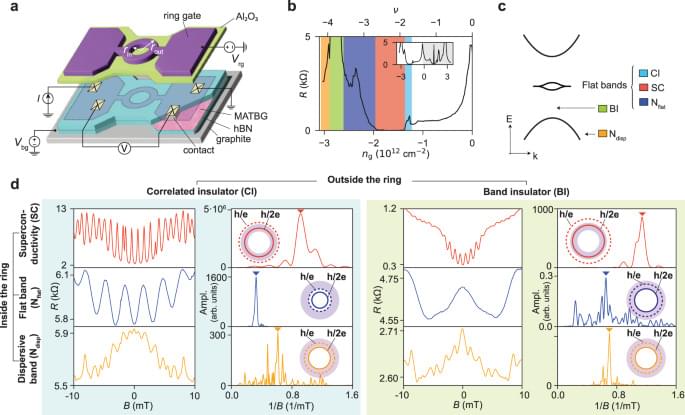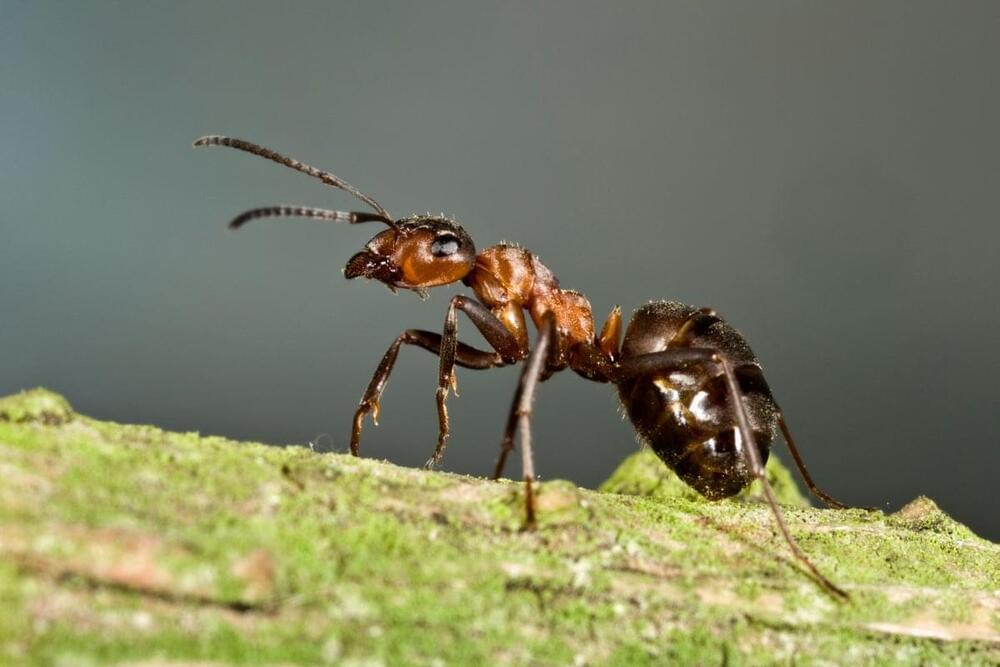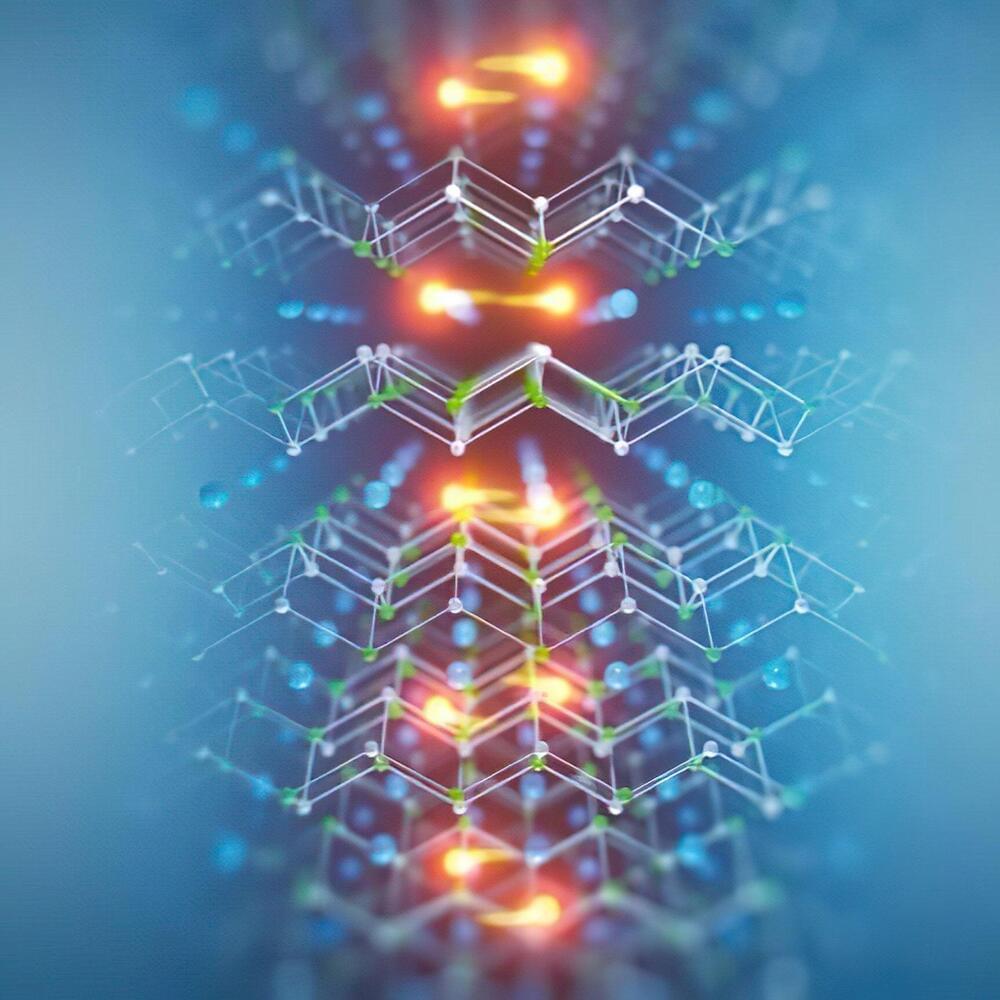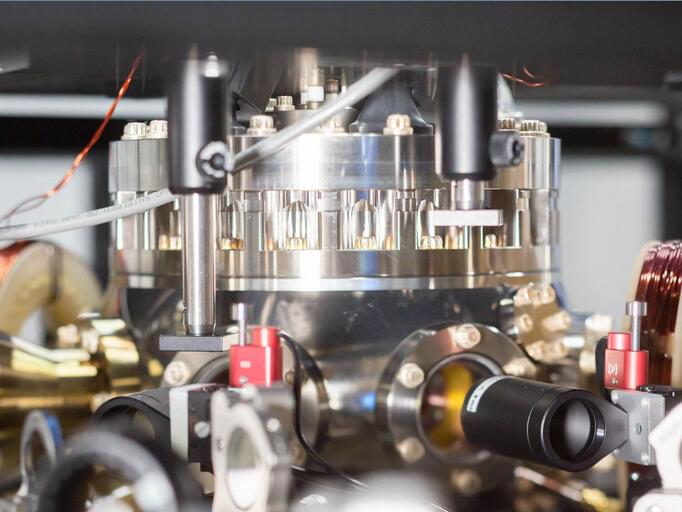Next on the list is a skill called Splash, which uses AI to create a song based on your description. With this one, you can tell Alexa to create any type of song or specify the genre of music you want. After playing a short excerpt, Alexa asks if you want to make any changes, such as adding lyrics. If you like the tune, you can then tell Alexa to send it to your phone for playback.
To use the skill to generate any type of song, say: “Alexa, create a song with Splash Music.” To include a genre, say: “Alexa, open Splash Music,” and you’ll be asked what style you prefer. For this one, I asked Splash to compose a song in the style of jazz. The result certainly wouldn’t win any awards at the next Grammys, but it showed promise.
Finally, the third skill is named Volley Games, an AI-driven spin on the usual 20 questions game. In this one, a friendly AI host challenges you to guess an object by asking the right ‘yes’ or ‘no’ questions. After giving you the category, you’re prompted to ask each question until you hopefully guess the mystery item. Along the way, you can ask for hints if you’re stumped.







